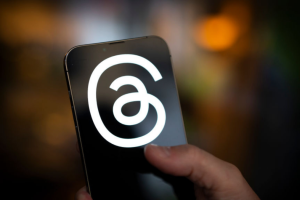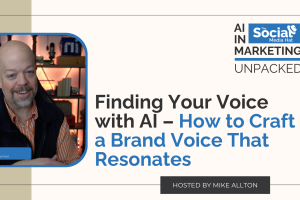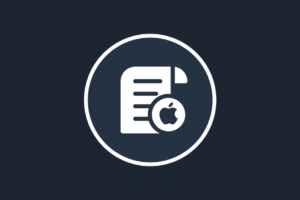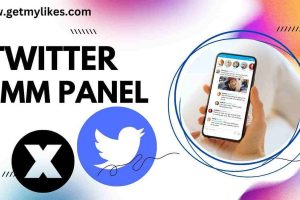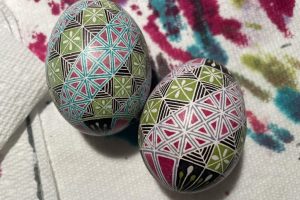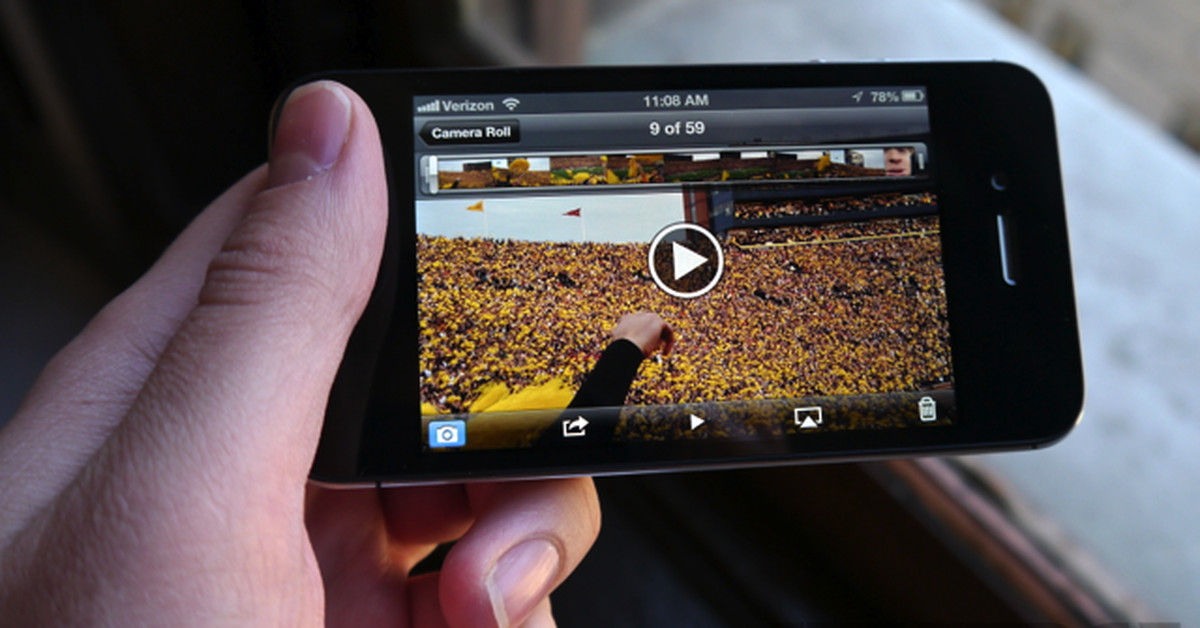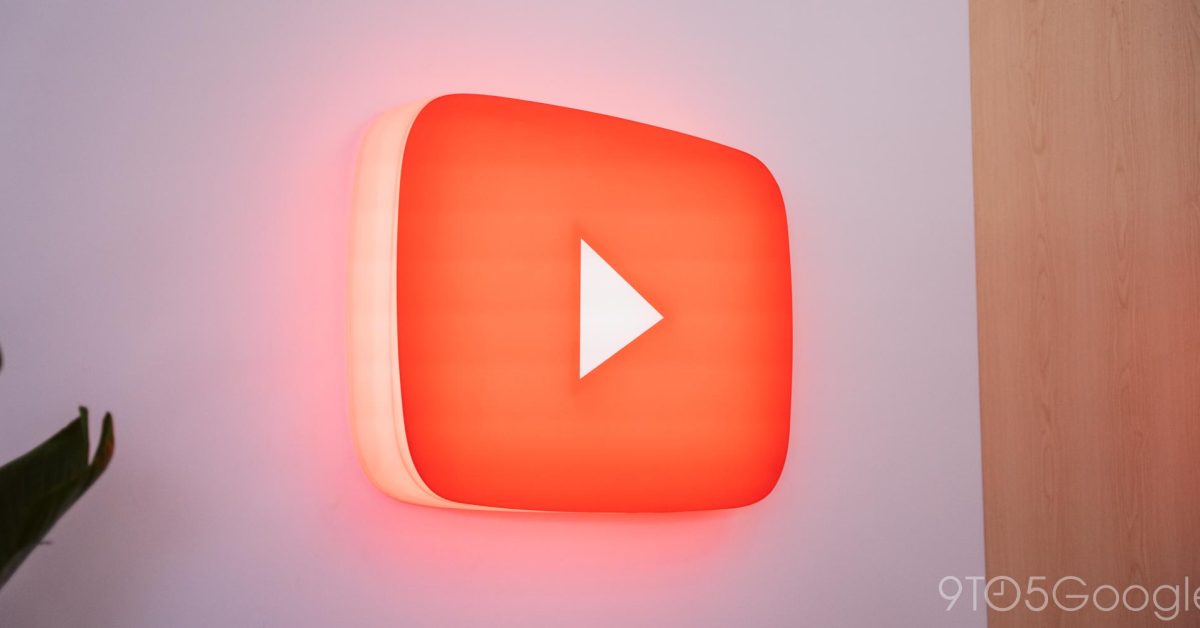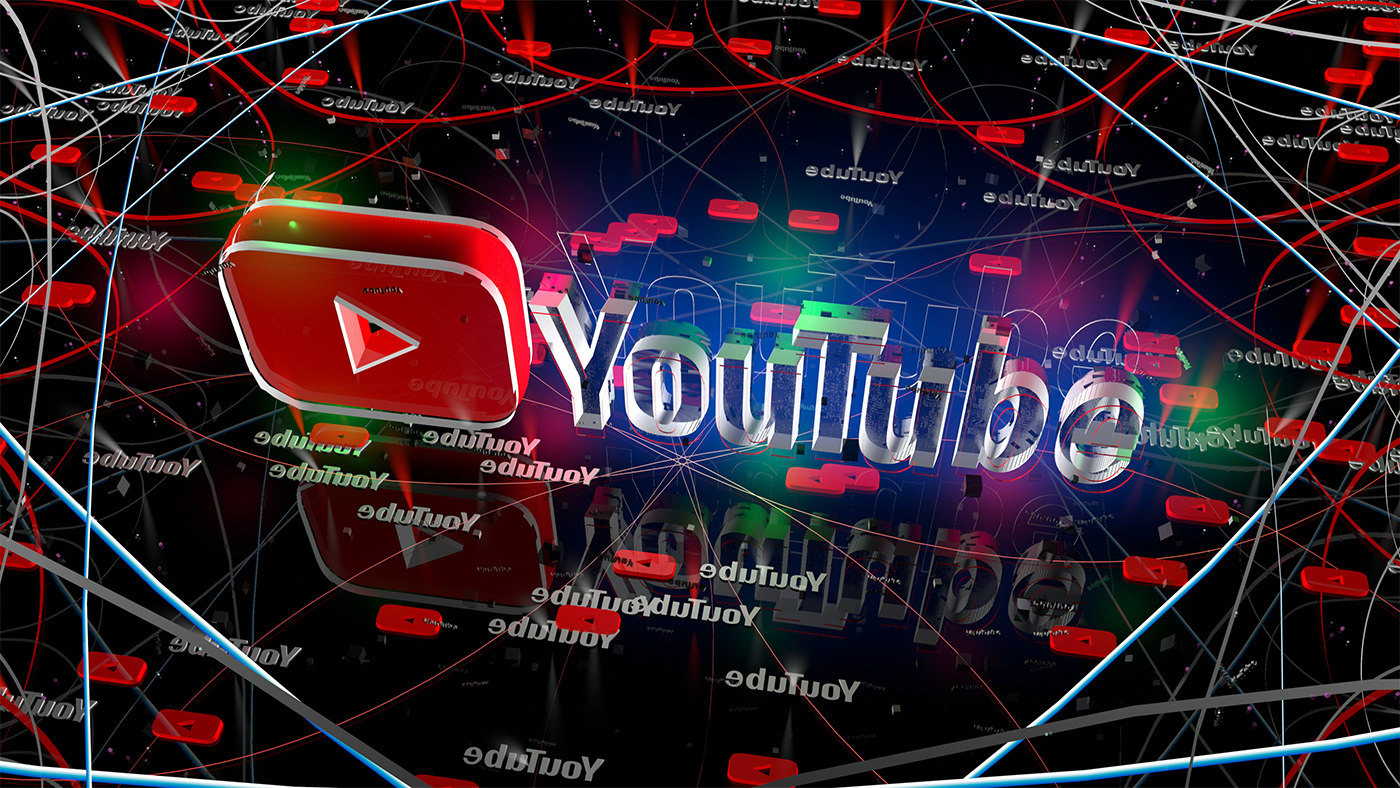Google is racing headlong into the AI future, and that means different parts of the company are destined to collide with one another — Search is now generating AI-powered summary results, but flooding the web with AI-generated text is going to make search that much harder, for example. It’s going to be messy and complicated and fascinating all at the same time. In general, the parts of Google that are charged with moderating platforms (like YouTube and Search) are going to end up colliding with the parts of Google that help people create content (like Gmail and Bard.) You can really just put them in two lists, draw a line from one to another, and predict a long list of interesting problems that will inevitably come up.
This week’s Google AI Collision (TM) is between the Pixel 8, whose Best Take feature uses AI to let you swap facial expressions in group photos to get “perfect” shots, and YouTube, which just rolled out the first cut of an AI-generated content policy that requires “creators to disclose when they’ve created altered or synthetic content that is realistic.” The blog post specifically cites content that “realistically depicts an event that never happened” as needing to be labeled, and notes the penalties for not consistently labeling realistic synthetic content can include content removal and demonetization.
Well, then! The Pixel 8 with Best Take and Magic Editor in Google Photos can very clearly generate realistic photos of events that never happened. Specifically, Best Take allows you to create moments between people that never occurred by picking between several facial expressions for them, and Magic Editor can simply remove things from the background. It’s trivial to make people appear to be looking at the same thing, or different things, or reacting to one another in ways that never happened — a Pixel 8 photo of Taylor Swift and Travis Kelce is potentially just a few taps away from telling a very different story than reality. So is a Best Take photo of Donald Trump during the upcoming election, for that matter. Google’s own Pixel 8 ads are a great example of how easy it is, actually:
So! Do Pixel 8 photos edited with Best Take or photos edited with Magic Editor in Google Photos need to be labeled on YouTube? We asked, and YouTube spokesperson Jack Malon said the context will matter and offered some early guidance.
“The goal of this update is helping the viewer to be better informed about content that is realistic but altered — not punishing creators for using AI,” he says. “If you’re using Best Shot to pick an image where everyone’s eyes are open, that’s something you could have probably done yourself by taking more photos (and likely not something you need to disclose). But if you’re using tech to make it seem like you were in a place that you actually weren’t, or altering a photo of an historic event, you’ll probably need to disclose to your viewers that you used technology to alter the setting.”
This seems about right — although, “it might have happened if you just took more photos” is a very fuzzy standard to try to enforce. What’s more, this standard is very much in tension with YouTube’s decision to have its own generative AI tools always label synthetic content as such — photos edited with Magic Editor photos have metadata showing they were changed with AI, but Best Take photos do not.
